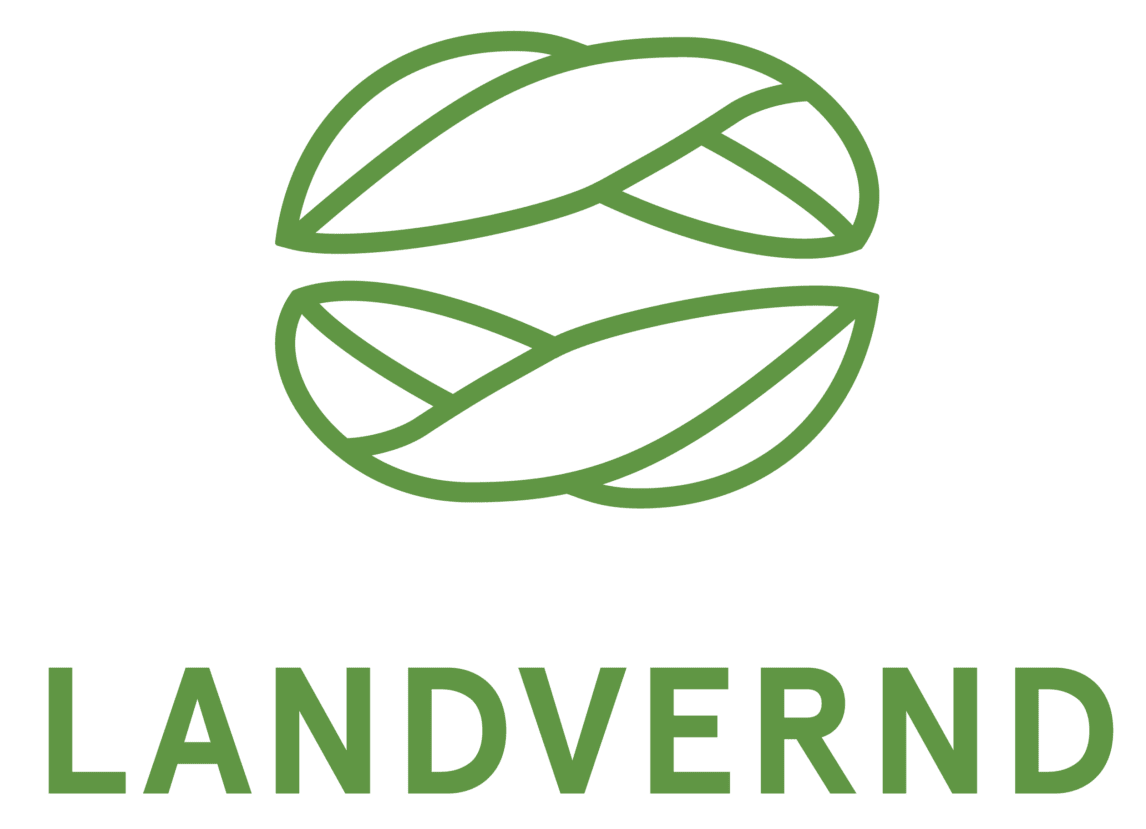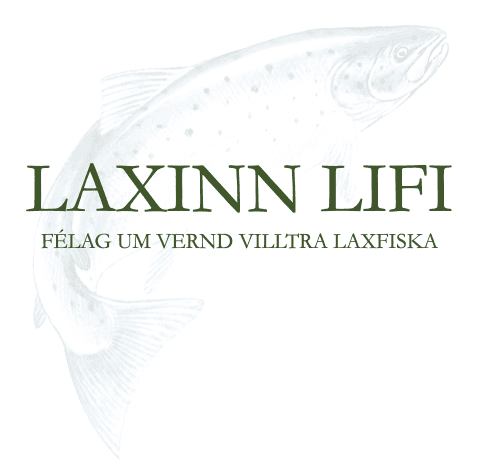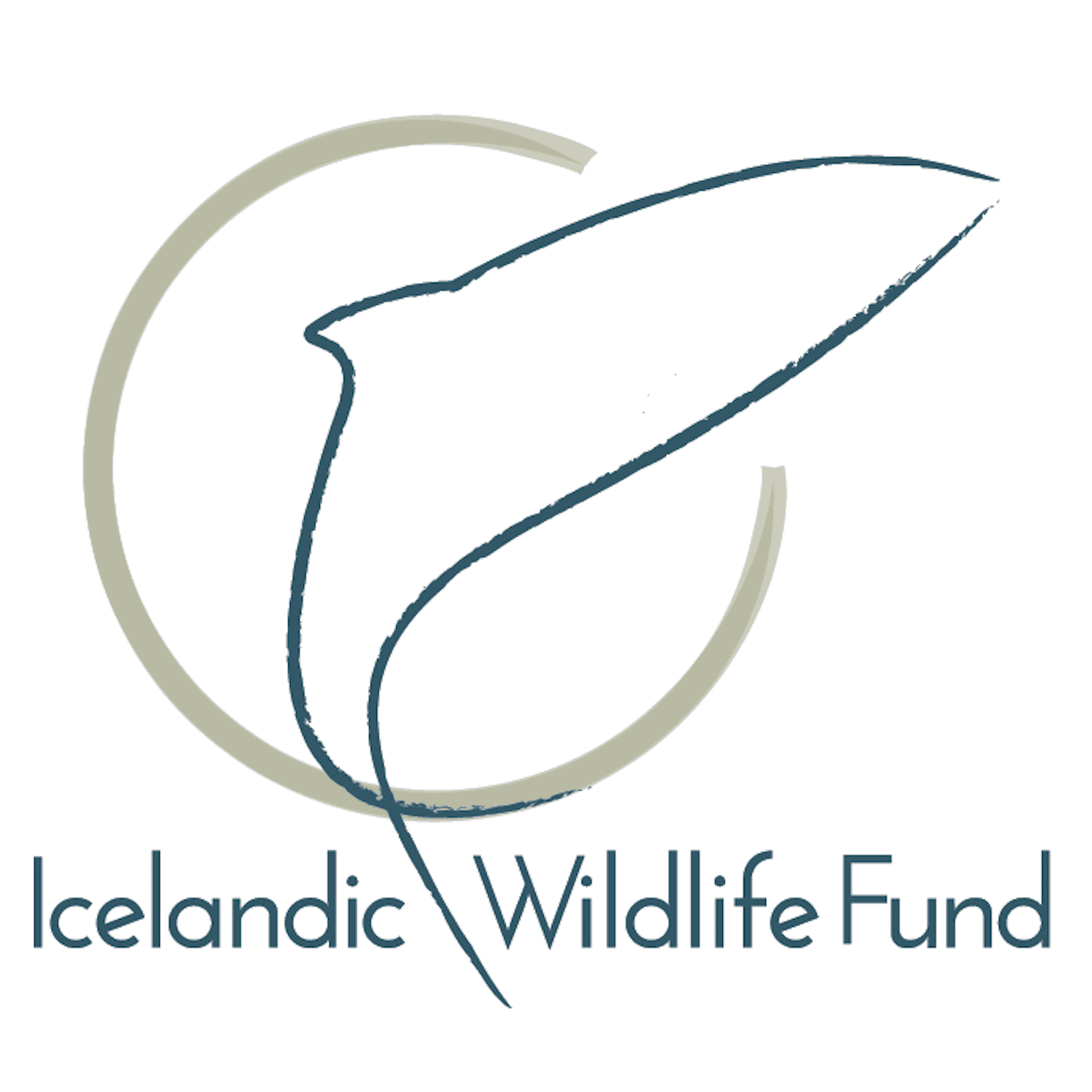Let's protect the Icelandic salmon
If the reins are not taken now, we will eliminate the wild salmon and threaten biodiversity in Iceland. Let's stand together and demand that the authorities put an end to open sea pen farming in Iceland.
All the environmental catastrophes that were predicted in the open sea pen farming have now become a reality. Fertile Norwegian farmed salmon that escape from sea pens near Iceland swim up into Icelandic rivers and mix with wild populations. A lice epidemic is raging in the Westfjords with the associated use of insecticides. The number of wild salmon is decreasing and the number of farmed salmon is increasing dramatically. Control is lax and the industry's environmental responsibility is non-existent.
The livelihood of 2,250 households in scattered settlements is at risk if wild salmon populations are damaged. If the reins are not taken now, we will eliminate the wild salmon and disturb the biological diversity in Iceland. Let's stand together and demand that the government put an end to open sea pen farming in Iceland.
Sign and show support
"*" indicates required fields
In partnership with



